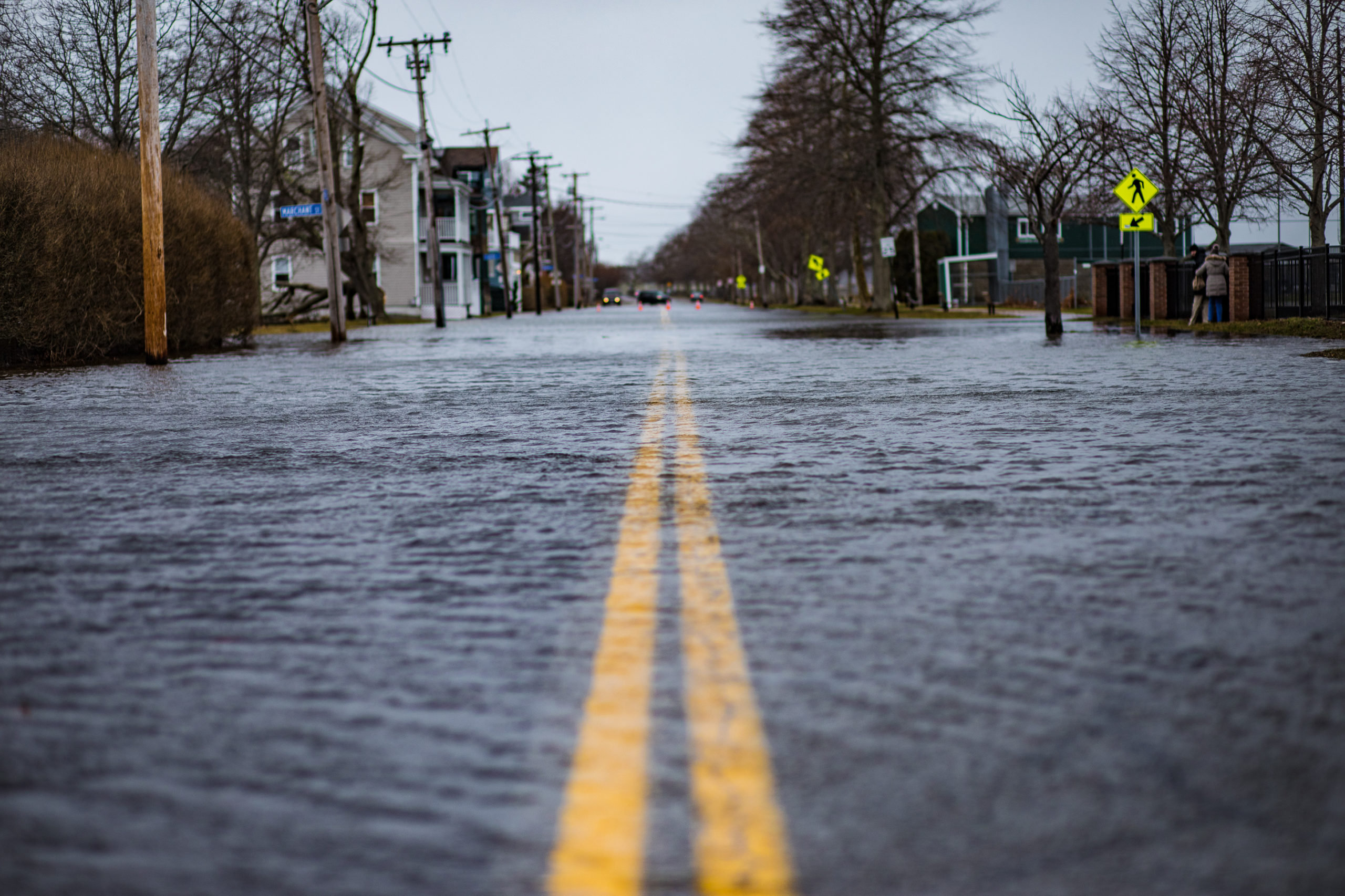Federal flood insurance costs have been increasing, and rates could go up significantly to meet growing risks, according to reports.
The National Flood Insurance Program (NFIP), the primary source of residential flood insurance, will change how it calculates premiums with what it calls Risk Rating 2.0.
The program will use a new methodology to assess a property’s flood risk better and to reflect more types of flood risk. The new rates will go into effect on Oct. 1, 2021, for all NFIP policies.
While the NFIP expects Risk Rating 2.0 to raise rates, premiums are still prohibited from increasing for individual policyholders by more than 18% per year unless exceptions apply.
That means if rates double under the new NFIP system, those who already had coverage would not have to pay the total increase all at once.
“FEMA recognizes and shares concerns about flood insurance affordability,” David I. Maurstad, who runs the flood insurance program for FEMA, told the New York Times. “The number of policies that will see large annual increases is a minority of all policyholders.”
According to the First Street Foundation, insurance rates would need to quadruple to reflect the risks high-risk homes already face.
By 2050, First Street projected increased flooding tied to climate changes would require a sevenfold premium increase.
“Any entity claiming that they can provide insight or comparison to the Risk Rating 2.0 initiative, including premium amounts, is misinformed and setting public expectations that are not based in fact,” Maurstad told the NY Times.
Still, many experts say a closer analysis of flood risks will lead to more expensive insurance than homeowners with high-risk homes currently pay.
How homeowners can respond to flood insurance rate hikes
Property owners in areas with moderate or severe flood risk should consider purchasing flood coverage. There are two alternatives to explore that could lessen the premium rate hikes from the NFIP, if available.
One option would be to bundle flood coverage with home insurance policies under the same company. Most insurance carriers offer multi-policy discounts. Alternatively, you might find lower rates from private insurers focused specifically on flood coverage. Companies such as Florida Peninsula, Hiscox, or TypTap could offer lower rates than the federal program.


